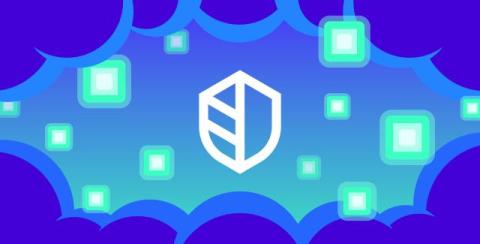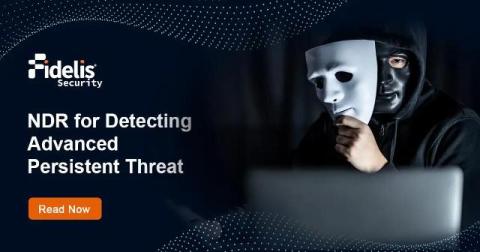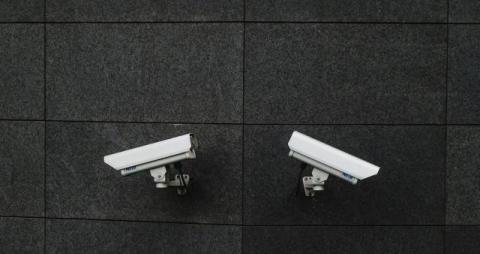What is a Threat Vector?
Understanding what a threat vector is and its importance is fundamental in the realm of cybersecurity. Guaranteeing the security of your organization's systems, services, networks and applications is crucial, and protecting your threat vectors through effective prevention strategies is an effective method to achieve this.











